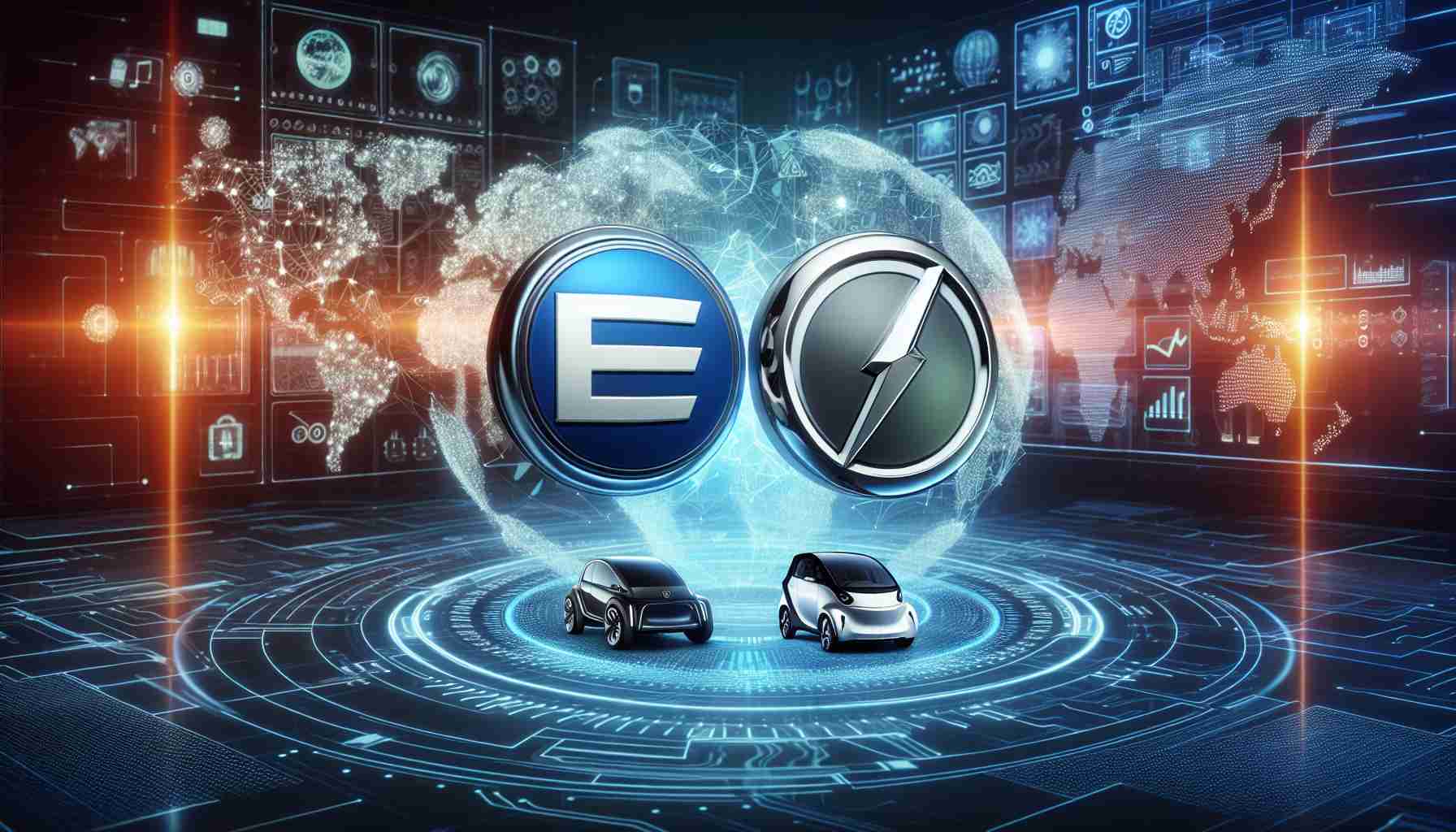Xiaomi’s founding visionary, CEO Lei Jun, has been engaging with fellow automotive industry leaders to explore potential integration of a comprehensive in-car ecosystem, aiming to streamline the array of accessories found in vehicles. During a recent visit to Nio’s Shanghai headquarters, Lei Jun, with his suite of Xiaomi EV executives, inspected Nio’s novel Onvo L60 model and articulated gratitude for Nio’s support with Xiaomi’s inaugural car, the SU7.
The conversation on a harmonious car ecosystem also brought together key figures like Nio’s William Li and Onvo president Ai Tiecheng. While details of the talks remain under wraps, Lei shared his vision for minimizing in-car items by incorporating more adaptable equipment.
Xiaomi, China’s tech juggernaut known for its smartphones and array of electronic products, is looking to cement its footprint in the auto industry. With the introduction of the Xiaomi SU7, a direct competitor to Tesla’s Model 3, Lei Jun’s strategy includes seeding Xiaomi’s ecosystem within various vehicle brands, an initiative that has piqued the interest of significant players in the Chinese electric vehicle market.
The synergy between Xiaomi and Nio could potentially set new standards in the vehicle landscape. This comes as Nio, which recently launched its Onvo brand and the L60 model, explores innovation in the crossover segment where Tesla’s Model Y currently dominates. Xiaomi’s ambition to release its SUV contender by 2025 indicates an emerging battleground for electric vehicle supremacy.
Given the context of the potential collaboration between Xiaomi and Nio on in-car ecosystems, it’s important to understand both companies’ backgrounds and the broader industry challenges and opportunities they face.
Xiaomi is primarily known for its smartphones and consumer electronics. It has a robust ecosystem of smart home products that all integrate with each other, which gives them an edge in creating a connected car ecosystem.
Nio is an electric vehicle manufacturer that has been called the “Tesla of China.” They have been innovating not only in car design and performance but also in services, such as battery swapping stations and Nio Houses, which serve as community centers for Nio owners.
Questions and Answers:
1. What challenges could Xiaomi face entering the automotive industry?
Xiaomi could face challenges such as regulatory hurdles, high costs of production, establishing a supply chain for car manufacturing, and competition from established car brands.
2. What might be the benefits for Nio in collaborating with Xiaomi?
Nio could benefit from Xiaomi’s expertise in consumer electronics and connected ecosystems, potentially enhancing Nio’s in-car technology and smart features.
Key Challenges and Controversies:
– Integrating complex electronic systems from two different companies could present technical challenges.
– The auto industry is capital intensive and subject to cyclical demand, unlike the smartphone market.
– Collaboration might lead to conflicts over which company’s technology or brand takes precedence in shared projects.
Advantages and Disadvantages:
Advantages:
– Combining expertise could lead to more advanced and user-friendly in-car systems.
– Sharing technology can reduce research and development costs.
– Xiaomi’s brand recognition could help Nio establish a stronger foothold in the market.
Disadvantages:
– Potential brand dilution if not executed correctly.
– Risk of intellectual property issues.
– Aligning corporate cultures and goals can be difficult and may cause friction.
Suggested related links:
– Visit Xiaomi to learn more about their ecosystem of smart devices.
– Explore Nio’s approach to electric vehicle innovation and community engagement.
Both companies are contributing to the rapidly transforming auto industry, especially in China, where electric vehicle adoption rates are rising quickly. If they manage to overcome these challenges, the collaboration could indeed redefine the standards for in-vehicle technology and user experience in electric vehicles.
